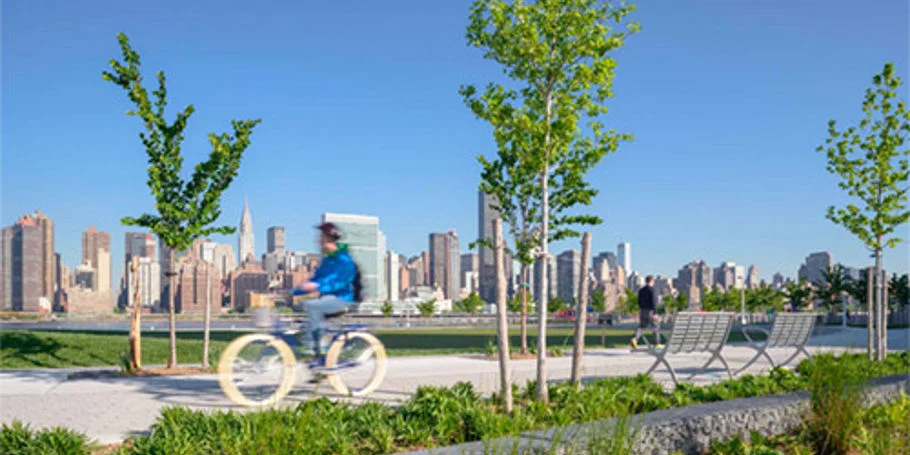Established in 1451, the University of Glasgow has a diverse estate encompassing numerous heritage sites and listed buildings. With rising student and staff numbers, the university wanted to understand how external factors such as decarbonisation – combined with estate expansion plans - would impact greenhouse gas emissions.
In an aim to fast-track their response to the global climate emergency, the Scottish Government announced an amendment to its climate change bill and brought in new legislation. The target is to reduce the country’s greenhouse gas emissions to net zero by 2045.
The university declared a Climate Emergency in 2019, pledging to reach net zero carbon emissions by 2030. To understand, measure and manage its carbon footprint, the university was seeking to determine the scale of action required to meet net zero across its operations.
Arup formed a joint venture with the University of Glasgow to develop a net zero carbon strategy, informing the university’s ongoing consultation in response to the climate emergency and how it plans to achieve its targets. This considers the action needed to improve the existing campus to reduce energy demand and the likely scale of investment, at the same time as identifying the contribution that low emission energy systems could make on emission reduction.
Decarbonisation towards net zero
Arup’s partnership has helped to accelerate the University of Glasgow’s first net zero carbon strategy, providing a realistic programme of measures and investments to meet interim carbon targets and setting out a path to achieving net zero carbon by 2030.
Our long-standing affiliation with the university gives us a deep understanding of organisational strategies. This knowledge enables us to develop a carbon strategy to meet their long-term net zero ambitions.
The strategy considers carbon emissions arising from the university’s owned building’s, energy consumption, (59% of current footprint) and value chain, as well as greenhouse gas emissions from staff travel (24% of current footprint) and commuting (14% of the current footprint). Measuring the impacting factors can help us advise how to adjust the future emissions trajectory.







